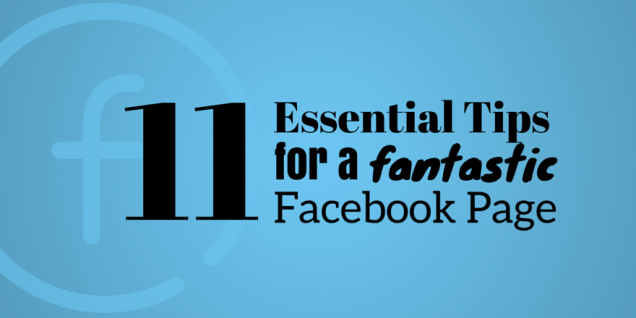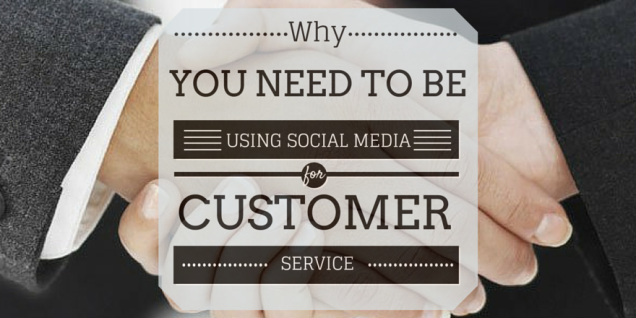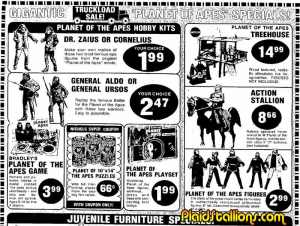Are you not seeing the engagement you’d like to on your Facebook page? Well, we have 11 tips to share with you that just might inspire you to try something new!
1. Stay on topic. Your company sells specific products and services. So when people find you on Facebook, they want to find out more about your current inventory, sales that you’re running, and any other pertinent company information. And that’s exactly what you should give them. Now, that doesn’t mean that you can’t write about silly things every once in a while or share other sites’ content (in fact, you should be doing these things as long as they align with your brand’s voice and image, because people like lighthearted things), but be sure that most updates capture/portray the essence of your company in a professional manner.
2. Upload photos and videos. Videos actually have a larger reach than photos right now, but only if they’re shared natively. (That is, uploaded to Facebook or shared from someone else’s page who has uploaded that video–not posted from YouTube or another video sharing site.) So obviously, whenever possible, it’s good to share a video. But what are you supposed to do if you don’t have any videos? Well, at the very least, include a photo with your update. Visual media, whether video or photo, is much more effective in reaching your audience than posting a simple text update. People are visual, and their eyes immediately go to colorful or interesting pictures. So make use of that!
3. Do not respond to things unprofessionally. There’s a time and a place getting irritated with people and it’s not when you’re on Facebook–especially if you run a business. If someone leaves a nasty comment, don’t panic. Try to determine the root of the issue–is it a customer who is angry because of poor service? You can try to politely offer a deal to make up for it. Is it someone who just wants to vent? Apologize for poor service and move on. Is it someone who is deliberately being abusive? Well, don’t vent back. Instead, let’s move on to number four to solve this one…
4. Don’t ignore trolls. But don’t feed them either. If they’re disruptive and being mean or callous to others, block them. Create a space your fans feel comfortable in. This is far more important than picking fights or letting your Facebook comments go completely uncontrolled. People don’t like hostile spaces, so moderate those comments and avoid that negativity altogether.
5. Share your company news with them. People love celebrating milestones with you and getting a peek at how things work within your company. Whether you’re just starting out or you’re an established company with lots of history, make it a point to include your customers in celebrating your milestones and you’ll see that you can build a more meaningful connection with them.
6. Do weekly events. People love participating in events, particularly if it involves a silly game. Things like “fill in the blank” or “caption this photo” work well (although with these, you’ll always have those unsavory comments to deal with), and some people enjoy it when you pose questions that they can answer (for example, if you shared a picture of your new product and asked people how they would use it). You can also have fans participate for a chance at being featured on your site, or you could have them leave promotional links of their own to foster sharing. There are tons of possibilities!
7. Offer giveaways. Sometimes people just want to win free things. Okay, a lot of times people just want to win free things. 😉 So when it fits into your budget, come up with a way to give your Facebook fans the chance to win something great. It keeps them coming back for more!
8. Post blog updates on Facebook. While it’s a good idea to set up your blog posts so that they’re automatically sent to your social media sites, you should always stagger the distribution. Why? Because when you send out one blog post and it hits Facebook, G+, Twitter, LinkedIn, and everywhere else at the same time, you’re not maximizing your reach. So when you set up your blog’s auto-posting features, just keep in mind that you might want to discover which times your social media fans are the most active, and schedule accordingly!
9. Trade likes–Don’t buy them. Some people buy “likes” so that their Facebook pages appear to be more popular than they really are. But when you really think about it, what good does this do you? You spend money to have fake fans interact with your page once and never return. You’d get more return on your investment if you took the time to cultivate a real community–even if it takes longer for your numbers to grow. One tactic that you might want to try is trading “likes”. Send out a message every once in a while asking to this. Or you could like someone else’s page and just drop them a note telling them you did so, and leave a link to your page in case they’re interested. Don’t be pushy about it–and if someone doesn’t return the like, that’s okay. You won’t always be successful in this tactic, but it can be a great way to meet some new fans!
10. Link to social media profiles. It sounds obvious, but there are too many people who forget to do this. If you have a Facebook, Twitter, and LinkedIn, then be sure to cross-link to those sites. For example, on Facebook, you should link not only to your website, but also to Twitter and LinkedIn. On LinkedIn, link to Facebook and Twitter. And so on. Sometimes people stumble upon your social media sites before your website, so it’s best to make sure that no matter where they land, they can connect with you anywhere on the web!
11. Experiment with advertising. Today, it’s almost essential that you advertise to get your Facebook page noticed. Because Facebook’s algorithm tends to favor posts with more engagement (and sponsored posts, of course), people often start paying to promote posts or ads in hopes that people will like them and click through to learn more. And that can be rough for smaller businesses that don’t have a lot of money for this kind of thing. But the good news is that you can actually set a budget as low as $5 a day to run ads, and you don’t have to run the ad every day. You could actually set aside a small budget of $100 a month and see improvements in your post engagement and clickthroughs to your site. It’s definitely worth experimenting with it!
Do you have any other tips for getting more out of your Facebook marketing strategy? Let us know in the comments!
Internet Local Listings is an internet advertising company in Santa Ana, CA, serving clients across the country with the best website marketing services available in the industry. Visit us here for more information, or give us a call at (888) 770-3950 to discover how we can help you be seen online.

















